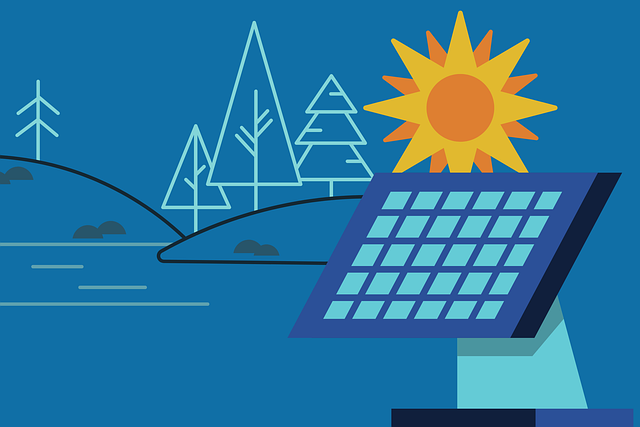
Solar panel installations require an inverter to convert direct current (DC) electricity into alternating current (AC) electricity. Homes and commercial buildings use AC electricity. When solar panels are exposed to sunlight, they generate DC electricity. An inverter, however, will convert the DC electricity into AC electricity.
Rather than using a standard inverter, though, you may want to use microinverters. Microinverters serve the same purpose as standard inverters: They convert DC electricity into AC electricity. Microinverters are simply smaller plug-and-play inverters.
Pro: MPPT
Maximum Power Point Tracking (MPPT) is a benefit of microinverters. Microinverters will generate the peak power voltage for each solar panel. Each solar panel will have its own microinverter. The microinverter will perform MPPT to ensure the connected solar panel generates the maximum voltage. MPPT isn’t possible with standard inverters.
Pro: Isolation
Microinverters will isolate your solar panels from each other. As previously mentioned, each solar panel will have its own microinverter. Standard inverters can support groups of multiple solar panels, but microinverters are designed for a single solar panel or module each.
Using microinverters will isolate your solar panels. No two solar panels will be connected to the same microinverter. Why does this matter? By isolating them, you don’t have to worry about performance nuances affecting the entire output of the installation. If one of the solar panels receives less sunlight than the others, for instance, the microinverter to which it’s connected will adjust for it. The other solar panels will continue to function without having their performance impacted by the shaded solar panel.
Pro: Longevity
Another benefit of using microinverters is longevity. Most microinverters will last longer than a standard inverter. If you’re tired of constantly replacing a standard inverter, you may want to use microinverters, instead.
Con: Installation
You may discover that microinverters are more difficult to install than a standard inverter. Granted, they are smaller and simpler than standard inverters. If you use microinverters, though, you’ll have to install a single microinverter for each solar panel in your installation. If you have 10 solar panels, for instance, you’ll have to install 10 microinverters.
Con: Maintenance
Microinverters are also more difficult to maintain than a standard inverter. Microinverters can fail if they are neglected. Their connections may come loose, in which case they’ll no longer perform the DC-to-AC conversion process. And because they are limited to a single solar panel each, microinverters require more work to maintain.

